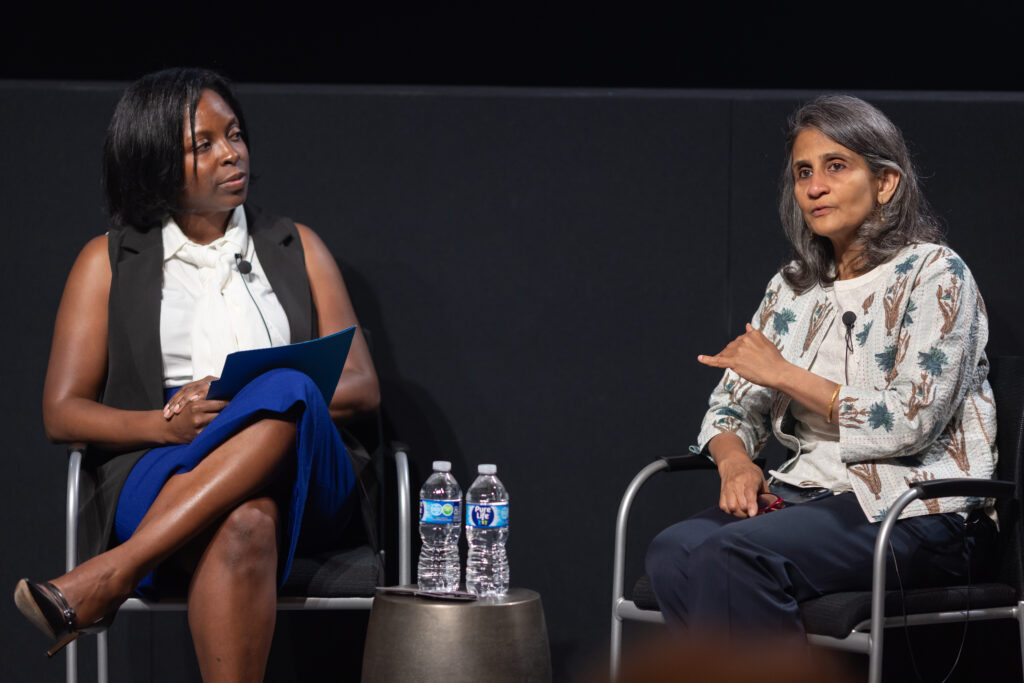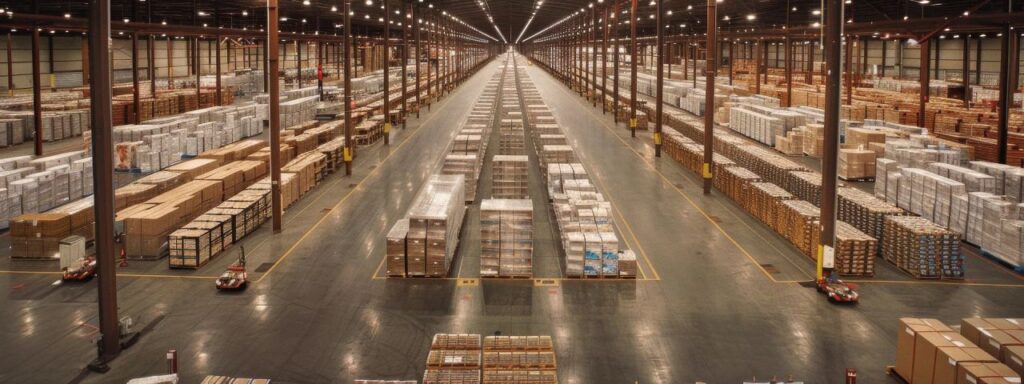NCTA introduces its newest series, three questions with an expert. Check back periodically for interviews on different topics with various professionals within the cable industry.
Topic: Combatting Cybersecurity Threats
Expert: Matt Tooley, NCTA Vice President of Broadband Technology
NCTA’s Matt Tooley provides a snapshot of cybersecurity threats and what ISPs are doing to protect users.
Name a few threats that internet users should be most concerned about when they connect online.
Most experts would agree that the biggest concern is phishing. Phishing often occurs via email, but the criminals are growing more sophisticated and using other techniques to get users via social engineering to accidentally give away their account credentials. Another area of concern for users is having their device infected with malware from suspect websites. Criminals often set up websites that invisibly install malware on a user’s device. So it is important that users only visit websites that they trust and use an up-to-date anti-virus software.
What are some of the efforts happening right now in the cable industry to protect networks and customers from cybersecurity threats?
The cable industry has a number of initiatives under way. The cable industry and M3AAWG (The Messaging, Malware and Mobile Anti-Abuse Working Group) are working together to improve how distributed denial of service (DDOS) information is shared. The cable industry is also working with the Open Connectivity Foundation to develop IoT security standards. Both efforts will help to combat cybersecurity threats to both their networks and their customers.
How might cybersecurity efforts evolve over the next few years as technology advances?
We should expect to see more end-user devices supporting automatic software updates. A huge and growing problem involves devices (web cameras, home routers, digital assistants, etc.) not getting a security patch and then later being used by cyber criminals. There is an effort by the internet ecosystem to ensure that all devices include capabilities for automated software updates.








